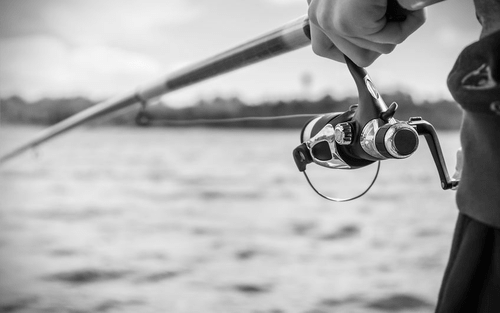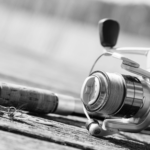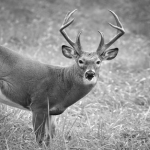Introduction
The weather is heating up and summer is on the horizon. With the ice gone, people are starting to gear up for another open water fishing season. North Dakota is known for its exceptional fisheries. This includes bodies of water like Devils Lake, Lake Sakakawea, and the Missouri River. So, what do you need to know going into this fishing season?
Laws
In North Dakota, there are two places where you can find the laws and regulations as they pertain to fishing. The first, is in the North Dakota Century Code. Under Title 20.1, there are several chapters that specifically deal with laws pertaining to fishing. The Governor can also issue a Proclamation that imposes other laws and regulations pertaining to fishing. The current Proclamation went into effect on April 1, 2020 and is set to expire on March 31, 2022.
Licensing
Both residents and nonresidents are required to possess a valid North Dakota fishing license to fish within the state of North Dakota. Fishing without a license is a class B misdemeanor. However, some exceptions do apply. Youth anglers under the age of 16, whether resident or nonresident, may fish without a fishing license. Further, both residents and nonresidents are permitted to fish at a private fish hatchery without a resident fishing license. Finally, residents can enjoy free fishing days as set forth in the Proclamation. Residents of North Dakota may fish on these days without a resident fishing license. The free fishing days for 2021 are June 5-6, 2021 and December 25-26, 2021.
Methods Of Fishing
There are many different methods of fishing permitted in North Dakota during the summer months. First, and most common, fish can be obtained by hook and line fishing. For open water fishing an angler is allowed to have two poles unless otherwise stated in the Proclamation. Other methods of fishing that are legal include archery, spearing, and underwater spearfishing. Again, the Proclamation sets forth certain regulations while partaking in these methods. Finally, North Dakota also has a paddlefish snagging season that is conducted through part of May.
Limits, Packaging, And Transporting (New for 2020-2022)
Both the daily and possession limit for each fish species can be found in the Proclamation. For most game fish, the possession limit is double the daily limit. As always, it is important to look through the Proclamation because there are exceptions, size limits, and other restrictions in place for certain species of fish and in certain locations.
A new change was enacted in 2020 for how fish fillets must be transported. The Proclamation states that “Each individual portion of the meat removed from a fish is considered a fillet.” A fillet does not include fish cheeks and pectoral girdles (wings). Two fillets are counted as one fish. If an individual is away from their permanent residence, the fish must be packaged in a manner so that the fillets can be readily separated and counted. If the fillets are frozen, they must be packaged so that the fillets are separated and can be easily counted without having to thaw the fillets. For more information, you can look at the FAQ section on the North Dakota Game and Fish website.
In Conclusion
Game and Fish laws are always changing. If you or someone you know has been charged with a fish and game offense, it may be in your best interest to contact an attorney to review your case. For help with criminal matters in North Dakota or Minnesota, please contact Adam Justinger at SW&L Attorneys in Fargo at 701-297-2890. For future articles, check out our blog.
This article is for informational purposes only.










